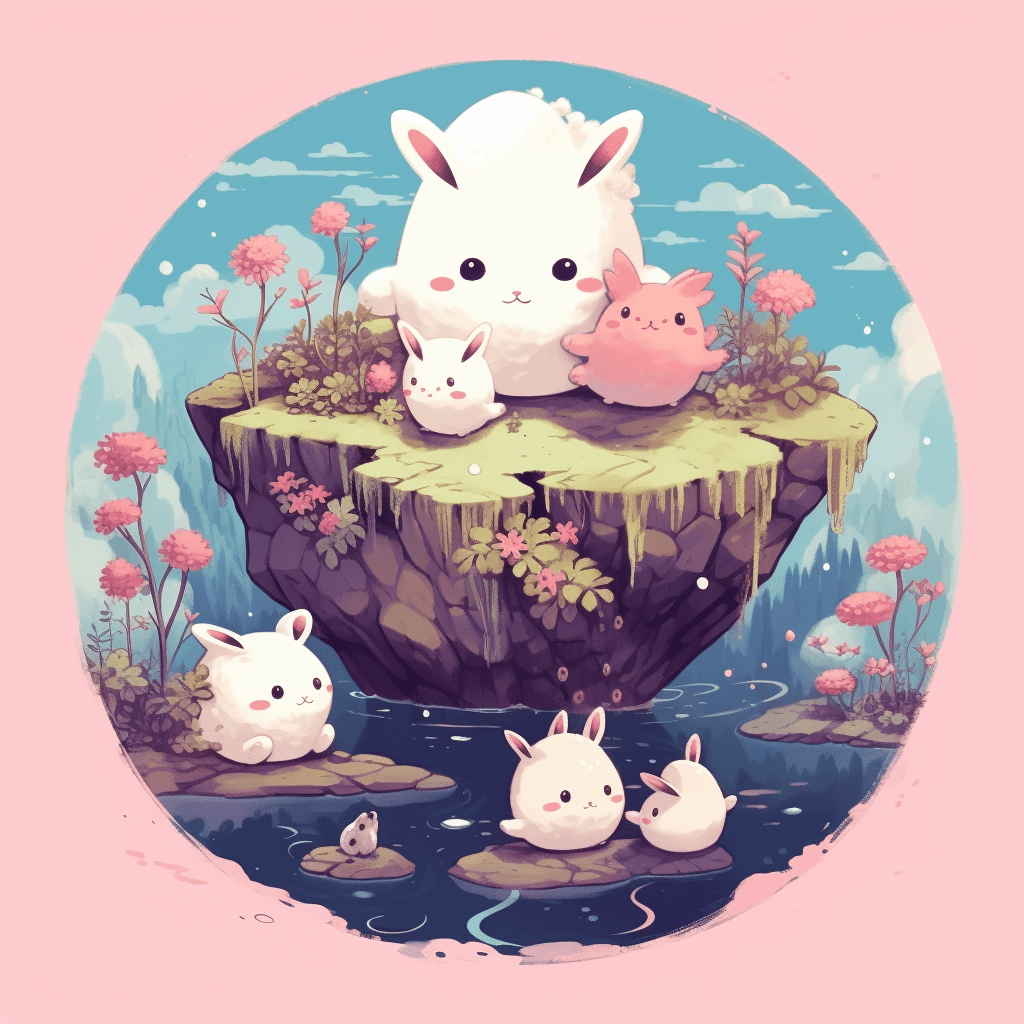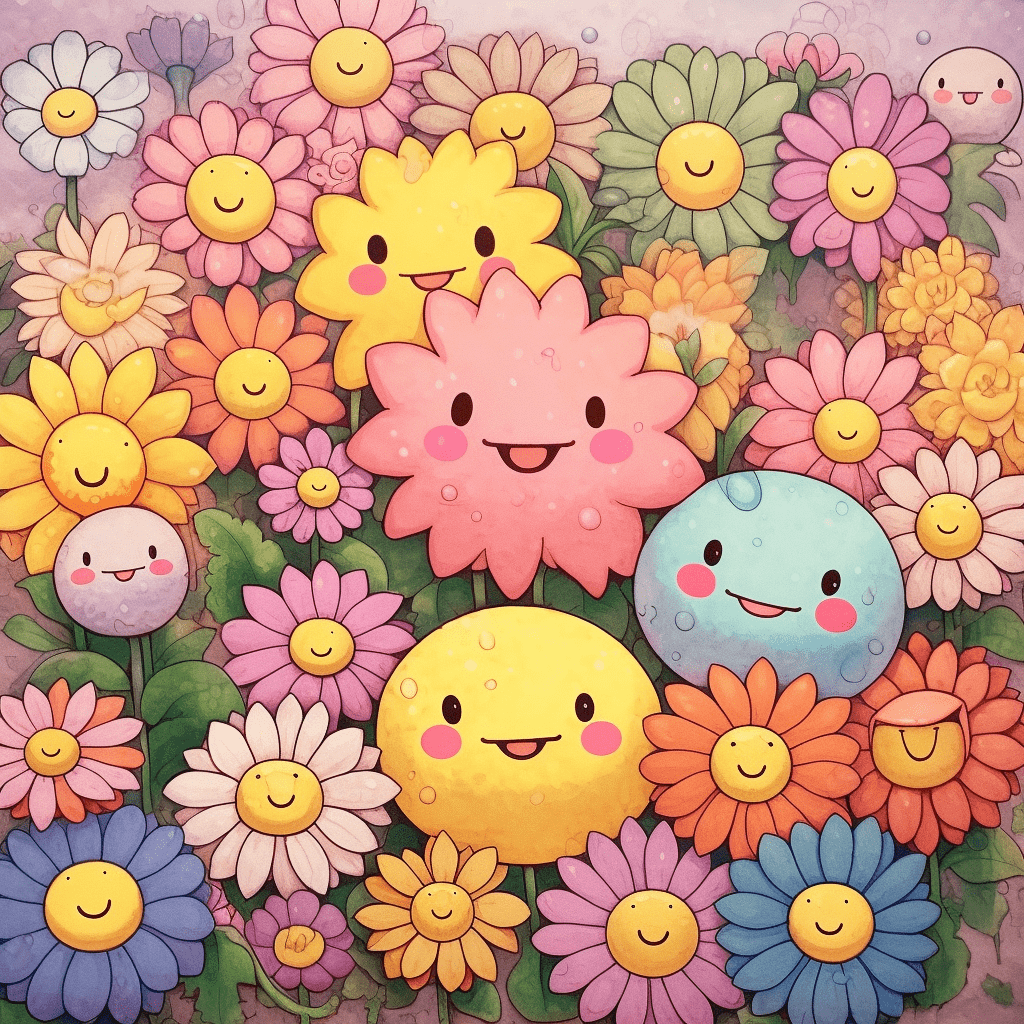
Non-fungible tokens (NFTs) have become a significant aspect of the blockchain and cryptocurrency landscape, offering a way to prove ownership and authenticity of unique digital assets. The Ethereum blockchain, in particular, has been a popular platform for creating and trading NFTs, largely due to its implementation of the ERC721 standard. However, as the NFT market evolves, so too does the technology behind it. One such advancement is the introduction of the ERC721A standard. In this article, we’ll delve into the key differences between ERC721A and ERC721, and what these mean for the future of NFTs.
Understanding the Basics: ERC721
ERC721 is the original standard for creating NFTs on the Ethereum blockchain. It was proposed by William Entriken, Dieter Shirley, Jacob Evans, and Nastassia Sachs in 2018, and it quickly gained popularity due to its ability to represent unique, indivisible tokens.
Each ERC721 token is unique, meaning it has its own set of properties and metadata that distinguishes it from every other token. This is a stark contrast to fungible tokens (like ERC20 tokens), which are identical to each other and can be exchanged on a one-for-one basis.
ERC721 tokens have found a wide range of uses, but they’re perhaps most well-known for their role in digital art and collectibles. They’re the backbone of projects like CryptoKitties, where each token represents a unique digital pet.
However, while ERC721 provided a strong foundation for the NFT space, it also had its limitations. One of these is the high gas cost associated with minting individual NFTs, which can make the creation and transfer of NFTs expensive. This is where ERC721A comes in.
The Evolution: ERC721A

ERC721A is an extension of the ERC721 standard that was developed to address some of the limitations of the original standard. The primary goal of ERC721A is to reduce the gas costs associated with minting and transferring NFTs.
The key to ERC721A’s efficiency is a concept known as “token groups.” Instead of minting each NFT individually, ERC721A allows the creation of groups of similar tokens in a single transaction. For example, if an artist wanted to mint a series of 100 similar artworks, they could do so in a single transaction with ERC721A, rather than 100 separate transactions with ERC721.
This ability to batch mint similar tokens dramatically reduces the gas cost per token, making the creation and transfer of NFTs more affordable. This is particularly important for artists and creators who may not have the resources to cover high gas costs.
Comparing ERC721 and ERC721A
So, how do ERC721 and ERC721A stack up against each other? The key difference lies in their approach to minting tokens.
ERC721:
- Each token is minted individually, with its own set of properties and metadata.
- High gas costs associated with minting individual tokens.
- Ideal for representing completely unique digital assets.
ERC721A:
- Allows batch minting of similar tokens, reducing gas costs per token.
- Ideal for creating series or collections of similar digital assets.
However, while ERC721A offers a solution to the gas cost issue, it’s not without its own challenges. ERC721A is a newer and less established standard, which means it may not be as widely supported or recognized as ERC721. This could pose challenges for creators who want their NFTs to be recognizeable to the widest possible audience.
The Future of NFTs: Which Standard Will Prevail?

As the NFT space continues to evolve, we’re likely to see ongoing innovation and refinement of the underlying technology. Both ERC721 and ERC721A have their strengths and weaknesses, and it’s unclear which will emerge as the dominant standard in the long term.
The choice between ERC721 and ERC721A may ultimately come down to the specific needs of the creator. For those creating a series of similar items and concerned about gas costs, ERC721A may be the better choice.
As with any technology, it’s important for creators to stay informed about the latest developments and make decisions based on their individual circumstances and goals. Regardless of which standard they choose, the rise of NFTs offers exciting new opportunities for creators to monetize their work and for collectors to own a piece of the digital world.
The Final Word
The evolution from ERC721 to ERC721A represents a significant step forward in the NFT space, offering potential solutions to some of the limitations of the original standard. However, each standard has its strengths and weaknesses, and the choice between them will depend on the specific needs and goals of the creator. As the NFT space continues to evolve, staying informed and adaptable will be key to success.
